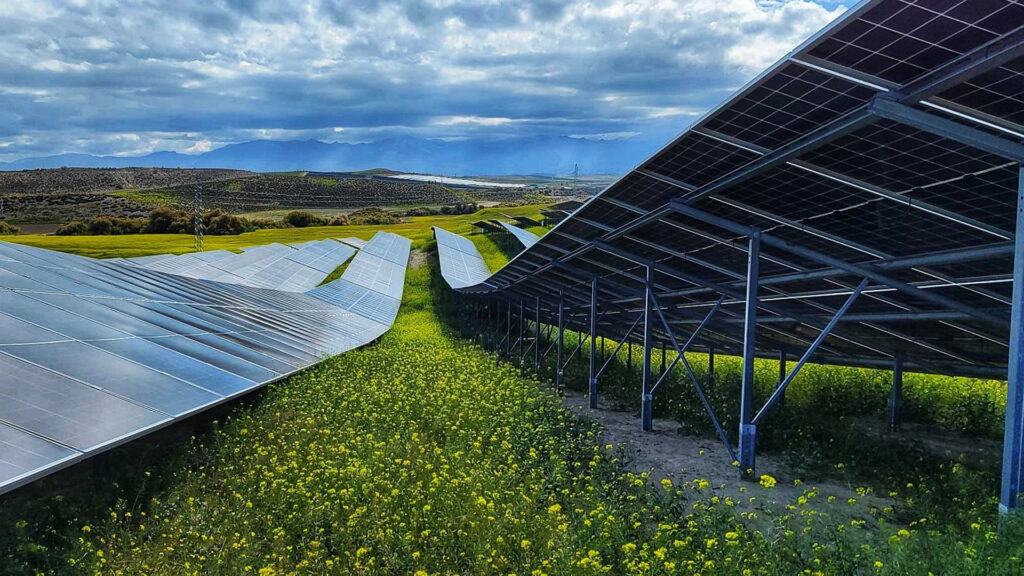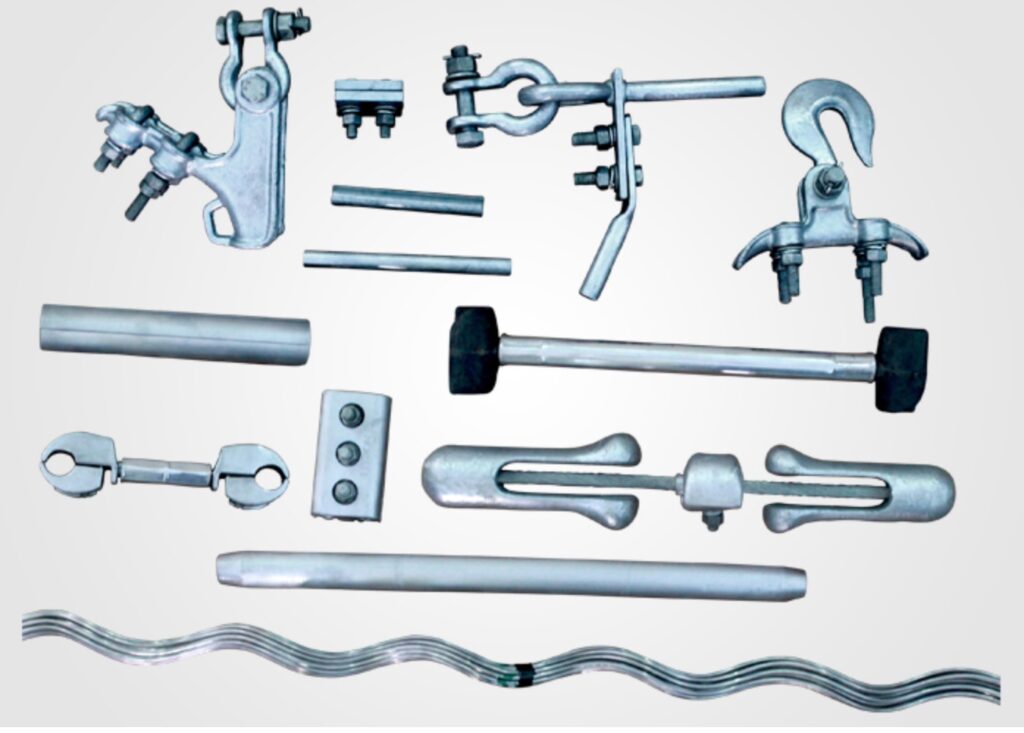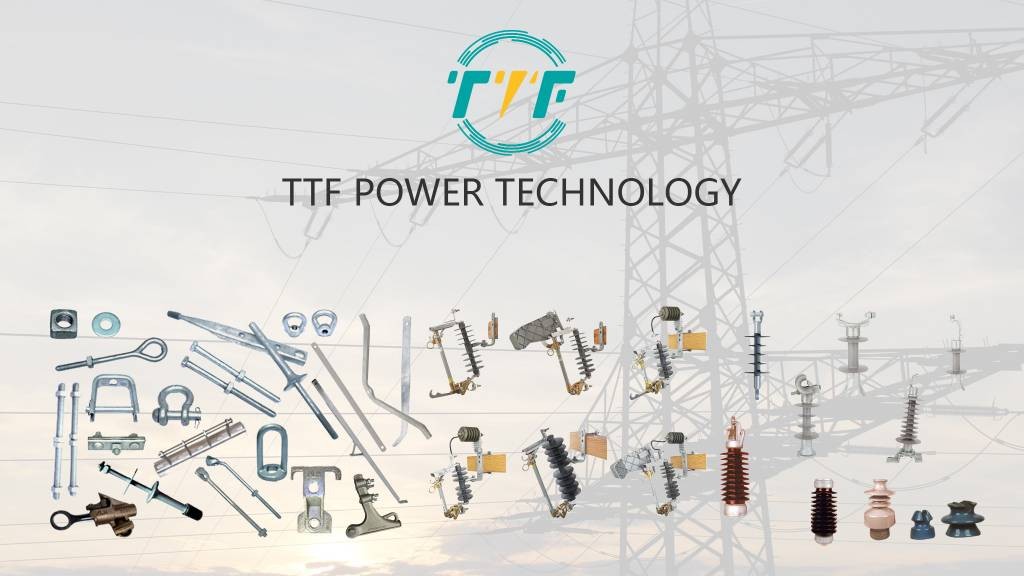
The Cauchari photovoltaic projects present an achievement for not only Argentina but South America as a continent. This project will reduce greenhouse gas emissions, reduce dependence on fossil fuels, and diversify the energy mix. Through grid interconnection, solar energy will also promote the cross-border trade across the region. The project currently has a capacity of generating 300 megawatts from the 900,000 installed panels. The solar park is a key part of the country’s efforts to diversify the energy mix and increase the share of renewable energy. It will also help in the goal of achieving 20% renewable energy by 2025. The investments from foreign investors and the private-public sectors will promote the development of this project. However, the development faces several challenges that hinder this development. Conductor hardware plays a crucial role in the development of solar photovoltaic projects. It supports the infrastructure for safe and efficient transmission of electricity from solar panels.
Components such as cables, wires, connectors, and terminals ease the flow of electrical current from the solar panels to inverters and then to the grid. They also support structures such as poles and towers to ensure their stability and prevent sagging. It is important to consider conductor material, conductor size, insulation, and supporting structures when selecting conductor hardware. Proper selection and installation of conductor hardware ensures the efficient and reliable transmission of electricity in solar PV projects. This article highlights the relevance of conductor hardware in the development of solar PV projects in Argentina and the challenges faced.
Relevance of conductor hardware in solar PV projects in Argentina
Solar projects like the Cauchari Solar Park face several challenges, such as remote locations, high altitudes, and variable weather conditions. Using conductor hardware supports the safe and efficient transmission of electricity. It also reduces the need for frequent maintenance. This contributes to the longevity and cost-effectiveness of solar energy projects. Conductor hardware ensures proper installation and maintenance of conductor hardware. This helps to achieve higher performance, lower operational risks, and contributes to Argentina’s transition to a sustainable energy future. The following are the functions and importance of conductor hardware in solar PV projects.

- Electrical conduction and connectivity – conductor hardware eases the flow of electricity from solar panels to the inverters. Components such as connectors, clamps, splices, and terminals establish secure electrical connections along the transmission pathway. This reduces energy losses and ensures effective power delivery.
- Electrical insulation – some of the components are able to provide electrical insulation to prevent the conductors from making unnecessary contact with each other. This prevents short circuits, electrical faults, and safety hazards in solar PV projects.
- Mechanical stability – conductor hardware includes components that support and secure the conductors. These components include clamps, brackets, tensioners, and spacers. Conductor hardware helps prevent cable sagging, snapping, and displacement to ensure safety and reliability.
- Reducing energy losses – high-quality connectors and clamps can reduce energy losses. This is due to resistance and poor connections. This maximizes energy transfer efficiency, which allows more power to reach the end users.
Challenges facing solar PV development in Argentina
The development of solar PV projects in Argentina faces various challenges that impact the growth of the renewable energy sector. Argentina has made progress in expanding its solar energy capacity by addressing the barriers. This requires consistent policies, investment in grid infrastructure, and efforts to strengthen local manufacturing of solar components. Use of conductor hardware in the construction also helps address some of the challenges. TTF Power Systems is a world-class global provider of high quality overhead line hardware,transmission hardware, distribution hardware, conductors, insulators, cutout switches, anchoring and grounding products. Reach out to us for all your conductor needs to enhance safety for solar installations. The following are the facing solar PV projects in Argentina.

- Economic instability – high inflation rates can make financing solar PV projects more challenging. The instability can deter foreign investors and limit access to affordable financing.
- Grid integration and infrastructure limitations – solar PV projects may face challenges in connecting to the national electricity grid. The existing infrastructure may not be enough to handle new renewable inputs. Upgrading transmission lines can be costly and logistically difficult, especially in remote locations.
- Environmental and geographical challenges – the Cauchari solar park is located at high altitudes, which can pose logistical and health challenges. Transporting materials to these areas can also be difficult and expensive.
- Technical challenges – maintaining grid stability can be challenging, especially with the increasing share of renewable energy. Solar energy generation varies with weather conditions and may need extra measures to balance supply and demand on the grid.
- Social and community concerns – the development may face opposition from communities due to a lack of awareness. Finding suitable land for solar PV projects can lead to conflicts over land ownership in the region.